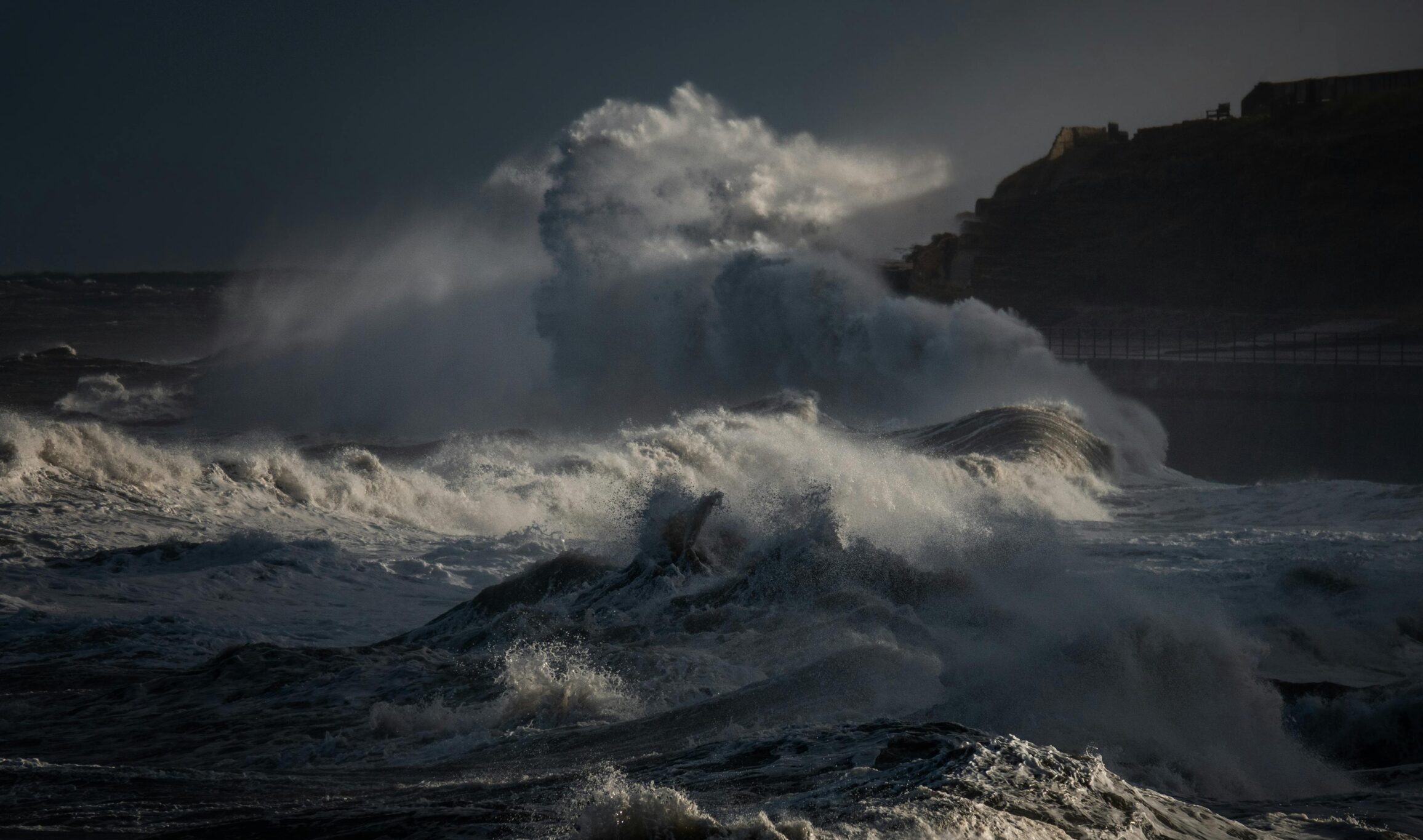A powerful earthquake with a magnitude of 7.1 struck off the eastern coast of Kyushu, sparking tsunami advisories and raising alarms about the potential for a “megaquake” in the region. The tremor was centered in waters approximately 30 kilometers below the surface, leading to widespread concern across Japan, a country already accustomed to seismic activity.
The earthquake hit at around 4:40 p.m. local time, with initial reports indicating a magnitude of 6.9. However, less than a minute later, a stronger tremor measuring 7.1 in magnitude was recorded at a slightly shallower depth of 26 kilometers. The shaking was felt intensely in Miyazaki Prefecture, where various areas, including Miyazaki Airport, experienced significant tremors. At least three people were reported injured, although the full extent of the damage is still being assessed by authorities.
In the immediate aftermath of the earthquake, tsunami advisories were issued for several regions, including Miyazaki, Ōita, Kagoshima, Kochi, and Ehime prefectures. The Japan Meteorological Agency (JMA) initially warned of possible tsunami waves up to 1 meter high, which were later observed in coastal areas of Kyushu and Shikoku. The highest waves, measuring around 50 centimeters, were reported in Miyazaki. While the tsunami advisories have since been lifted for most regions, the advisory remains in effect for Miyazaki Prefecture.
Authorities are continuing to monitor the situation closely, particularly the risk of aftershocks. The Kyushu Shinkansen bullet train service, which had been suspended following the quake, has since resumed operations.
In a rare and concerning development, the Japan Meteorological Agency, along with leading seismologists, issued an alert warning of the possibility of a “megaquake” in the coming days. The alert specifically mentioned the Nankai Trough, a seismically active region south of Honshu Island, as a potential epicenter for a catastrophic earthquake of magnitude 8 to 9. This is the first time such an alert has been issued, highlighting the gravity of the situation.
Japan’s history is marked by devastating earthquakes, and the Nankai Trough in particular has been the source of several catastrophic quakes over the centuries. The most recent major event in the region was the 1946 Nankai earthquake, which resulted in significant loss of life and widespread destruction.
Experts warn that the Nankai Trough is overdue for another large earthquake, and the recent seismic activity could be a precursor to this feared event. The potential for a “megaquake” has prompted renewed discussions about Japan’s disaster preparedness and the resilience of its infrastructure.
As Japan continues to assess the damage from the latest earthquake and prepare for the possibility of further seismic events, the situation remains fluid. Authorities are urging residents to remain vigilant and follow any new advisories or instructions from the government.
Japan’s preparedness for natural disasters is among the best in the world, but the unpredictability of earthquakes means that the nation must always be ready for the unexpected. With tsunami advisories still in place for parts of the country and a rare “megaquake” alert issued, Japan is on high alert. The next few days will be critical as the nation monitors for any further seismic activity and prepares for the worst.


